Dr Vaidyeswaran Rajaraman is a distinguished Computer Scientist from India. He has been awarded the Padma Bhushan and the Shanti Swarup Bhatnagar Prize for his contributions to the field of computer science. Dr Rajaraman also served as the Head of the Department of Computer Science and Engineering at IIT Kanpur in its infancy and played a vital role in setting up India’s first computer science education programme at IIT Kanpur. Here is his story.
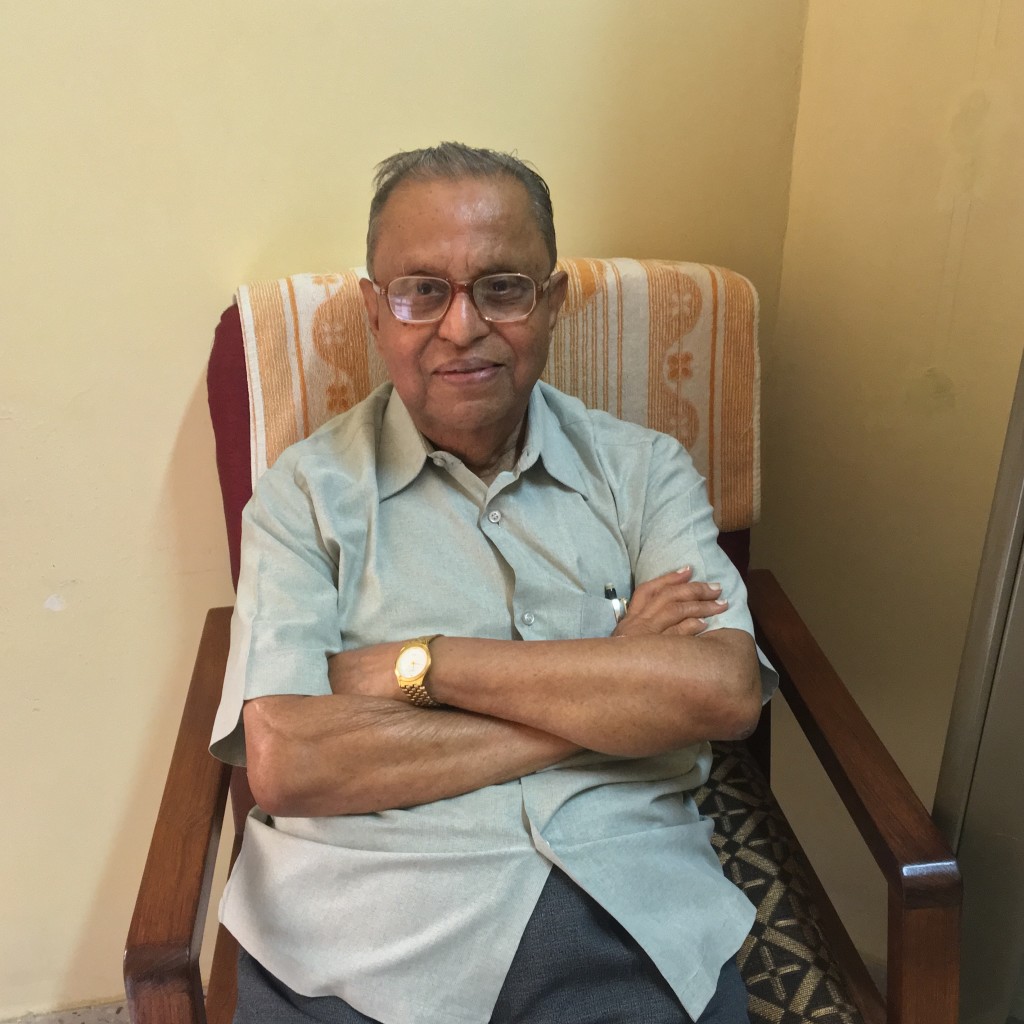
What was IIT Kanpur like when you joined?
I joined IIT Kanpur on the 23rd of March 1963. There was nothing at the Kalyanpur campus at the time. We were based out of the HBTI campus. HBTI had given IIT one little wing to begin. There was one room where all the Electrical Engineering faculty sat. I was the first Assistant Professor to join the department; everyone else was a lecturer. The first batch moved to the Kalyanpur Campus on the 1st of April, 1963 – “April Fools’ Day”. During the summer heat of May and June, we all moved to our campus. There was only a workshop building, and the Electrical Engineering Department was allocated one part of it. There was no Computer Science department back then.
The IBM 1620
The IBM 1620 was a powerful machine and very popular with universities. In August 1963, the IBM 1620 came to IIT Kanpur. We were the first educational institute in India to get a computer; even before IIT Kharagpur, the older institute. The IBM 1620 had a Fortran compiler. Fortran, being a High-Level Language, allowed even non-computer scientists to write programs. We planned on keeping the 1620 in the Western Laboratories building; however, the door wasn’t big enough to accommodate it; we had to break down a wall to bring it in.
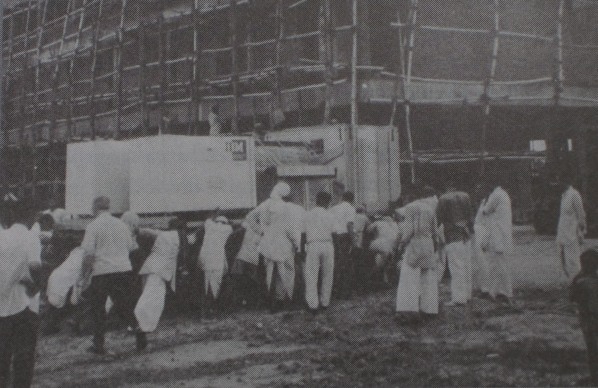
The first CS Course at IIT Kanpur
A team of three American professors came to Kanpur along with the 1620 to help us in setting it up. The head of the team was Harry Huskey, a professor at the University of California, Berkeley. Huskey, a pioneer in the field of computer science, had been a part of the team that built the ENIAC and had even worked with Alan Turing. He, being a forward-looking man, wanted to teach computer programming to all the faculty. He started a 10-day intensive course in programming at IIT Kanpur. The course was open to all so that people from other universities and research labs could take it. There were 60 seats available and 60 rooms in the Visitors’ Hostel, all of which were occupied by those taking the course. A three-hour lecture was held every morning. One hour on programming, one hour on numerical methods and one hour on computer logic. Three batches of 20 were formed to write programs on the 1620 because there were only 20 punching machines available. It was a very tedious task and required a lot of patience.
TA 306
By 1965, the American team had returned to the United States. IIT Kanpur pioneered the first course in computer programming. The course was a Technical Arts course – TA 306. It was categorised as a TA course because, in those days, the computer was seen as a “tool in a workshop” and not as a “science”. TA 306 was an intensive course in computer programming for all students of IIT-K. I, along with Prof. HN Mahabala, used to take the course.
Principles of Computer Programming
While teaching TA 306, I felt the need for a textbook in programming as the American textbooks were quite expensive. So, I decided to write a book titled ‘Principles of Computer Programming’. It was printed in the graphic arts section of IIT-K and was sold at an affordable price of Rs. 5 at the bookstore. The book became quite popular, and I found out that it was being plagiarised. As a remedial measure, my wife suggested that I publish the book. However, no publisher was willing; they were all very dismissive of computer programming and believed the book would never sell. Finally, I managed to find a willing publisher in Prentice Hall. Prentice Hall agreed to publish the book but in a low-quality print. The first edition came out in 1969. Contrary to the publisher’s apprehensions, within a year, the first edition was sold out. The next print, in 1970, was of better quality. I made it a point to insist that the book is sold at an economical price of only Rs. 15.
The Birth of the CS Programme at IIT Kanpur
In 1965, we started offering an option for master’s students in the Electrical Engineering Department to specialise in Computer Science. This option became very popular with the students. The Electrical Department was unhappy over the declining interest of students in other fields of the department. In 1972, the two disciplines split, and the Senate approved an exclusive master’s programme in computer science. The first batch had about 15 students. TCS hired almost every student in that batch.
Recruiting faculty was proving to be very difficult. Prof. H.N. Mahabala, Prof. Narsingh Deo and I shouldered the entire weight. We had a PhD programme in the electrical department with a thesis in computer science. Some of its students, on graduating, joined us as faculty members. In 1973, we were in for a big shock. IIT Madras got its hands on an IBM 370 and Dr Mahabala, along with some other faculty members, left for Madras.
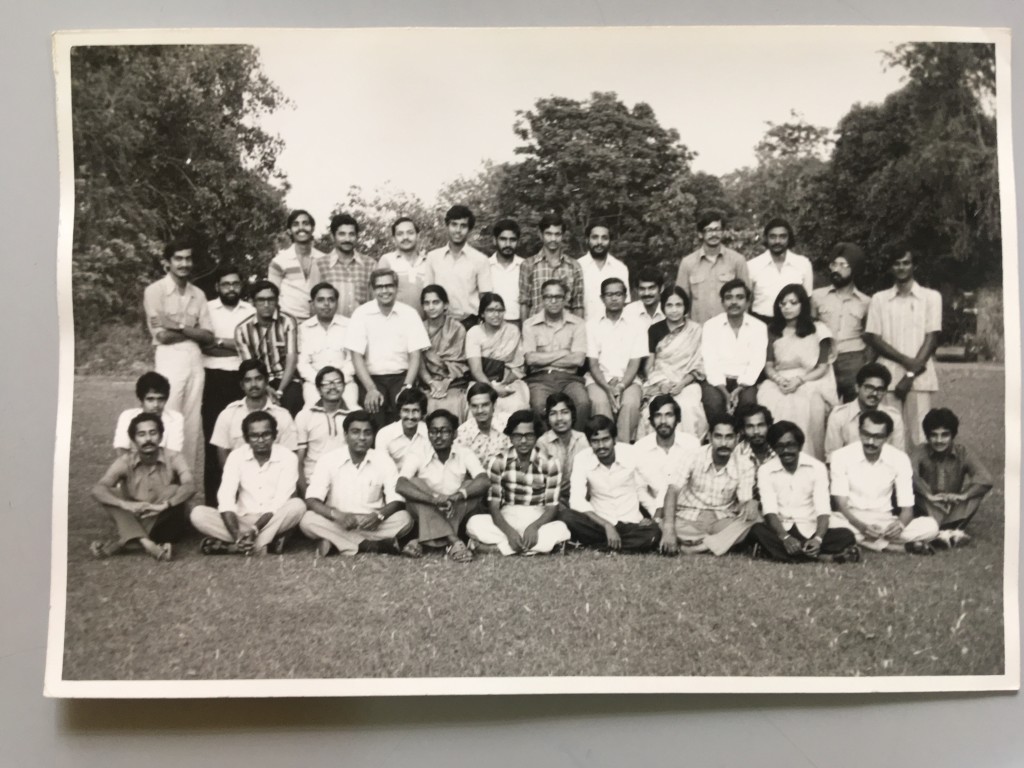
The B.Tech in CSE
The CS department started feeling the need for a Bachelor’s programme. In 1976, a proposal for the same was sent to the Senate. The Senate did not look favourably upon it; their view was that it was a vocational course and did not require a bachelor’s programme. The other departments were unwilling to make sacrifices for the new programme. It took a lot of convincing on our part. They grudgingly gave up 2-3 seats each and 20 seats were allocated to us. The first batch of students was admitted in the year 1978.
Convincing people about ‘The Scope of CSE’
Students and their parents were very apprehensive about this new programme. I remember that Rajeev Motwani’s father, who was a naval officer, came up to me and enquired about whether there was any future in Computer Science. I succeeded in convincing people that it was a growing area and held tremendous amounts of potential. The greatest surprise came when the JEE results were declared and the B.Tech programme closed at an AIR of 40. This made everyone, including the other IITs, who didn’t have computer science programmes, take notice. They all rushed to set up Computer Science departments. At that time, the IITs did not have an official sanction from the ministry to set up a new department to offer a B.Tech in Computer Science; we had done so through ‘devious’ means. All five IITs petitioned the ministry to amend the statutes to formally create departments for Computer Science and Engineering. Kanpur enjoyed a prominent lead over her sister institutes and spearheaded Computer Science education in India.
What do you think about CS education and research in India at present?
Computer Science and Engineering has become immensely popular and grown uncontrollably in recent years due to the employment and entrepreneurship opportunities it offers. Decades ago, I had requested IBM to set up a research park in India; they laughed at it. Today, almost all major companies – IBM, Microsoft, Google, Intel have research facilities in the country. I could never have even dreamt about it. Technologies like AI, Deep Learning, IoT are dominating the arena today. However, systems areas like computer architecture are still neglected in India. On the academic side, there is a significant dearth of faculty. Even IITs are unable to fill their sanctioned strengths. IIT Kanpur is also at a disadvantage due to its location.
What is your advice for today’s students?
I want students to think differently, to be innovative and to ask questions. Students must be willing to “get their hands dirty” and indulge in project-oriented work. They must also understand the history and evolution of computers to be able to appreciate the advances in computer science and engineering and take it in new directions.
Any messages for IIT Kanpur?
“I wish IIT Kanpur’s CSE department all the best. It was my baby.”
Dr Rajaraman left IIT Kanpur in 1982 to set up the SERC (Supercomputer Education and Research Centre) at IISc, Bangalore. He is currently an honorary professor at IISc and spends his time writing books and articles. His monograph – ‘The History of Computing in India’ is a famous and well-researched account that dwells deep into the economic, political and social factors that have shaped the history of computers in our country.
Interviewed and Written by Siddharth Jayshankar

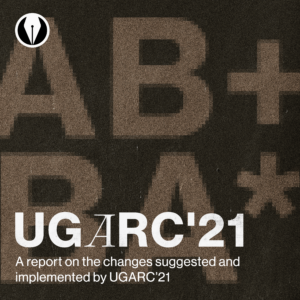
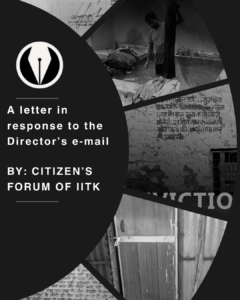

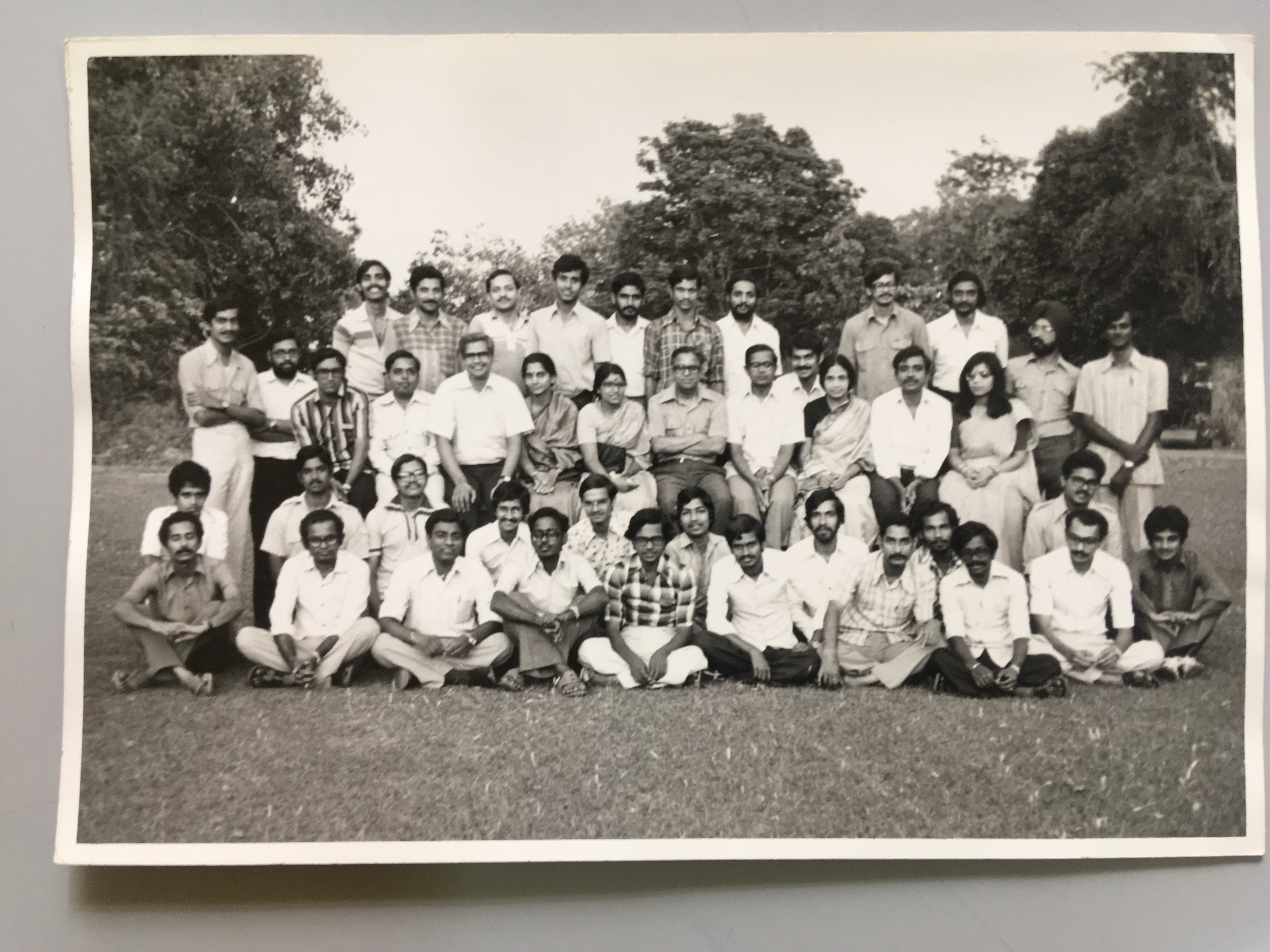
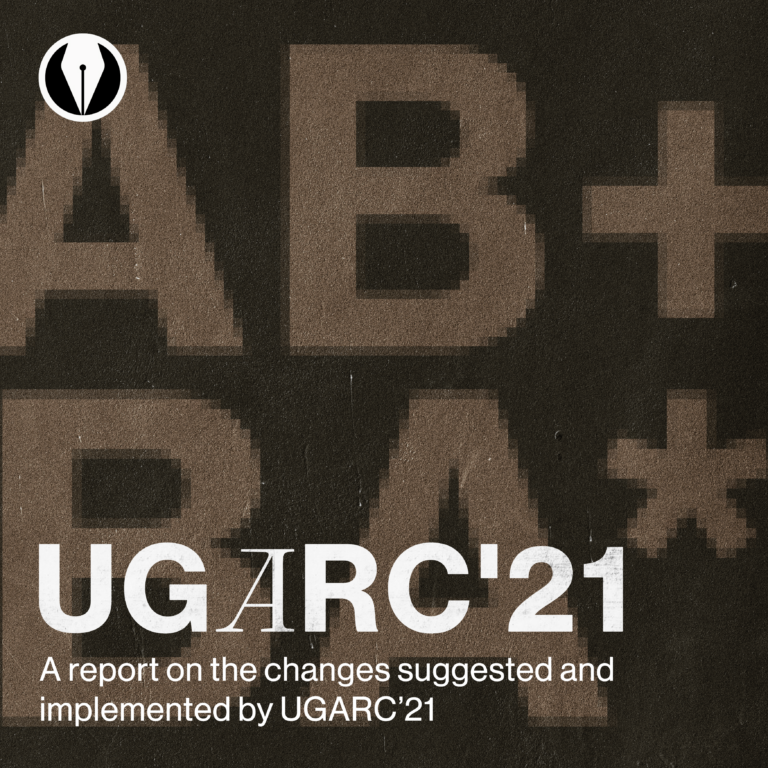


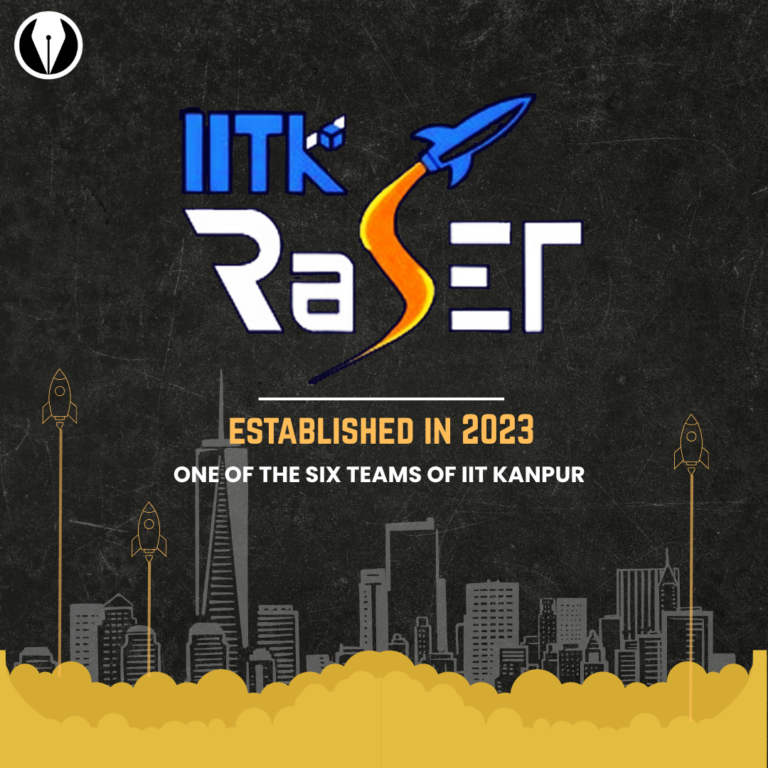
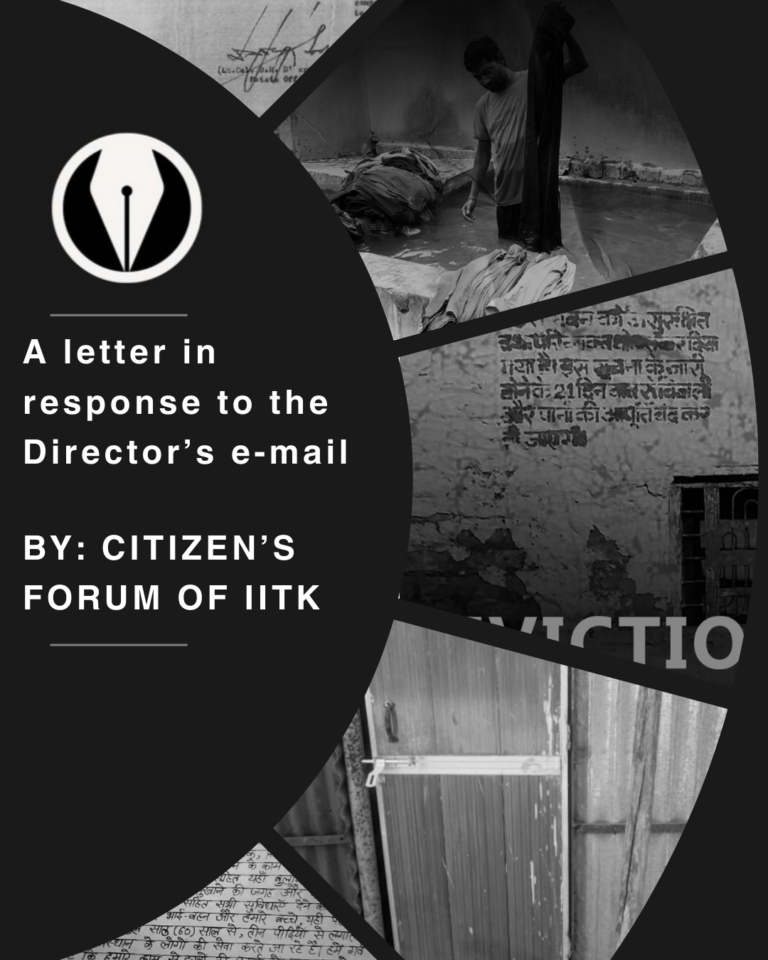
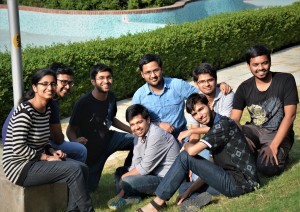

One thought on “Interview with Dr Rajaraman”